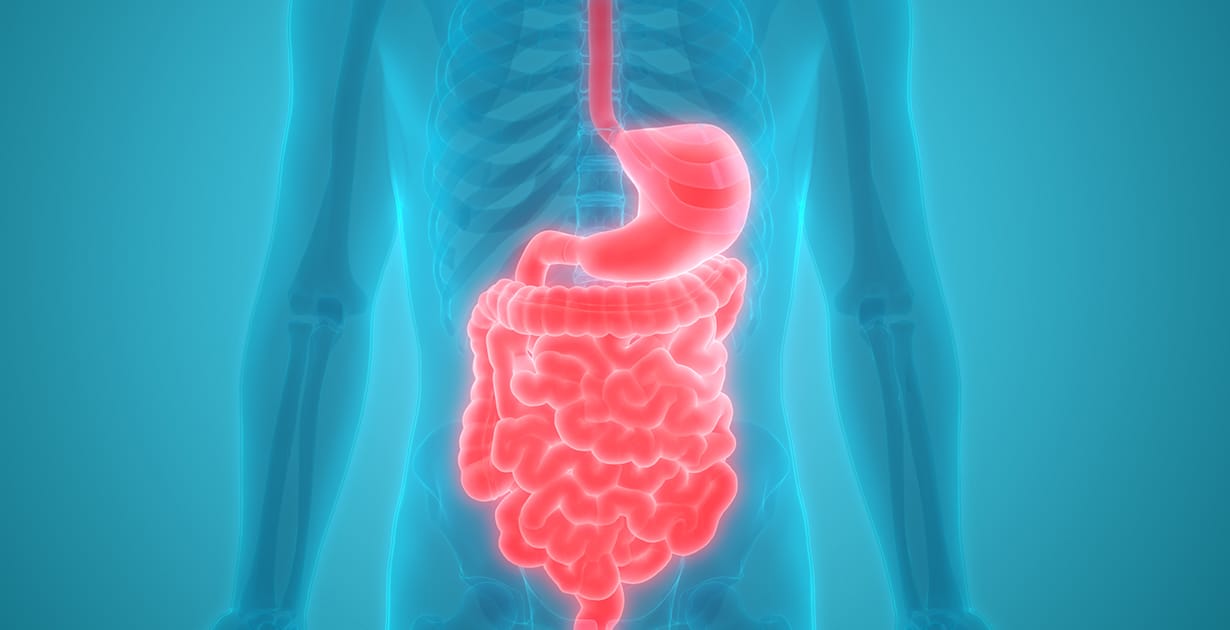
Edwards Syndrome, also known as Trisomy 18, is a rare genetic disorder caused by an extra chromosome 18. This condition affects approximately 1 in 5,000 live births, making it one of the more uncommon chromosomal abnormalities. Babies born with Edwards Syndrome often face severe developmental delays, heart defects, and other life-threatening health issues. The prognosis for infants diagnosed with this syndrome is typically poor, with many not surviving past their first year. Despite the challenges, some children do live longer, showcasing incredible resilience. Understanding Edwards Syndrome can help families, caregivers, and medical professionals provide better support and care for those affected.
What is Edwards Syndrome?
Edwards Syndrome, also known as Trisomy 18, is a genetic disorder caused by the presence of an extra chromosome 18. This condition leads to severe developmental delays and various health issues. Here are some key facts about Edwards Syndrome:
-
Chromosomal Abnormality: Edwards Syndrome occurs when there is an extra copy of chromosome 18 in some or all of the body's cells.
-
Discovery: The syndrome was first described by British geneticist John Hilton Edwards in 1960.
-
Incidence Rate: It affects approximately 1 in 5,000 live births.
-
Gender Disparity: Females are more likely to be affected than males, with a ratio of about 3:1.
-
Prenatal Diagnosis: It can be detected through prenatal screening methods such as amniocentesis and chorionic villus sampling.
Symptoms and Physical Characteristics
Edwards Syndrome presents a variety of symptoms and physical traits. These can vary widely among affected individuals.
-
Growth Retardation: Babies with Edwards Syndrome often have low birth weight and slow growth.
-
Craniofacial Abnormalities: Common facial features include a small head, small jaw, and low-set ears.
-
Clenched Fists: Infants typically have clenched fists with overlapping fingers.
-
Heart Defects: Over 90% of babies with Edwards Syndrome are born with congenital heart defects.
-
Kidney Malformations: Kidney abnormalities are also frequent in affected individuals.
Health Complications
The health complications associated with Edwards Syndrome are severe and often life-threatening.
-
Respiratory Issues: Breathing problems are common due to underdeveloped lungs.
-
Feeding Difficulties: Many infants struggle with feeding, leading to nutritional challenges.
-
Seizures: Seizures are a frequent complication in children with this condition.
-
Hearing Loss: Hearing impairments are often observed.
-
Vision Problems: Eye abnormalities can lead to vision issues.
Life Expectancy and Quality of Life
The prognosis for individuals with Edwards Syndrome is generally poor, but some do survive longer than expected.
-
High Mortality Rate: Many affected infants do not survive past the first year of life.
-
Survival Beyond Infancy: A small percentage of children live into their teenage years.
-
Developmental Delays: Those who survive experience significant developmental delays.
-
Palliative Care: Palliative care is often necessary to manage symptoms and improve quality of life.
-
Family Support: Families require extensive support and resources to care for affected children.
Genetic Counseling and Risk Factors
Understanding the genetic aspects and risk factors can help in managing and preventing Edwards Syndrome.
-
Maternal Age: The risk increases with maternal age, particularly for mothers over 35.
-
Recurrence Risk: Parents who have had one child with Edwards Syndrome have a slightly increased risk of having another affected child.
-
Genetic Counseling: Genetic counseling is recommended for families with a history of the disorder.
-
Non-Invasive Prenatal Testing (NIPT): NIPT can screen for Edwards Syndrome early in pregnancy.
-
Family Planning: Genetic counseling can assist families in making informed decisions about future pregnancies.
Treatment and Management
While there is no cure for Edwards Syndrome, various treatments can help manage symptoms and improve quality of life.
-
Medical Interventions: Surgery may be required for heart defects and other physical abnormalities.
-
Therapies: Physical, occupational, and speech therapies can aid in development.
-
Nutritional Support: Specialized feeding techniques and nutritional support are often necessary.
-
Regular Monitoring: Frequent medical check-ups are crucial to manage health complications.
-
Support Groups: Joining support groups can provide emotional support and practical advice for families.
Research and Future Directions
Ongoing research aims to better understand Edwards Syndrome and improve outcomes for affected individuals.
-
Genetic Research: Studies are exploring the genetic mechanisms behind the disorder.
-
Clinical Trials: Clinical trials are testing new treatments and interventions.
-
Early Detection: Research is focused on improving early detection methods.
-
Quality of Life Studies: Investigations are being conducted to find ways to enhance the quality of life for those affected.
-
Public Awareness: Efforts are being made to raise awareness about Edwards Syndrome.
Emotional and Social Impact
The emotional and social impact of Edwards Syndrome on families is profound.
-
Emotional Strain: Caring for a child with Edwards Syndrome can be emotionally challenging.
-
Financial Burden: The cost of medical care and therapies can be significant.
-
Sibling Impact: Siblings may also be affected emotionally and require support.
-
Community Support: Community resources and support networks are vital for families.
-
Advocacy: Advocacy groups work to support affected families and promote research.
Final Thoughts on Edwards Syndrome
Edwards Syndrome, or Trisomy 18, is a serious genetic condition affecting many families worldwide. Babies born with this syndrome often face numerous health challenges, including heart defects, kidney problems, and developmental delays. Early diagnosis through prenatal screening can help parents prepare for the medical needs of their child. While many infants with Edwards Syndrome have a short life expectancy, some do survive longer with proper medical care and support. Raising awareness about this condition is crucial for better understanding and support for affected families. Research continues to seek better treatments and interventions. Remember, every child, regardless of their condition, deserves love, care, and respect. If you or someone you know is dealing with Edwards Syndrome, numerous resources and support groups are available to help navigate this challenging journey.
Was this page helpful?
Our commitment to delivering trustworthy and engaging content is at the heart of what we do. Each fact on our site is contributed by real users like you, bringing a wealth of diverse insights and information. To ensure the highest standards of accuracy and reliability, our dedicated editors meticulously review each submission. This process guarantees that the facts we share are not only fascinating but also credible. Trust in our commitment to quality and authenticity as you explore and learn with us.


